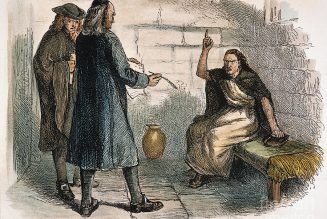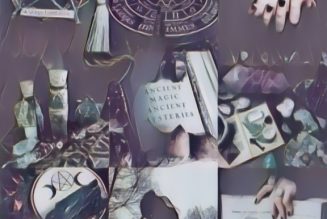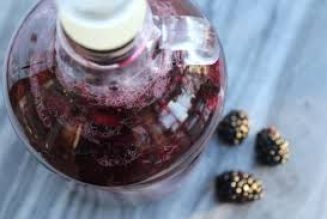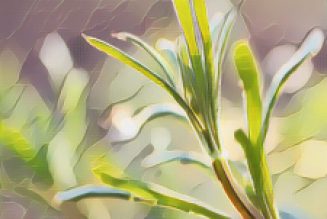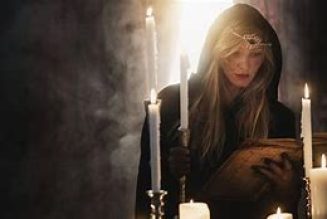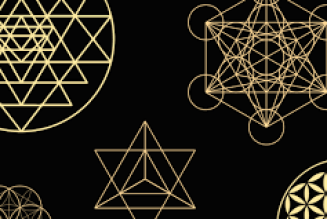Spells designed to bring about a difference in bodily appearance in order to dissolve mischievous enchantments by the fairy folk or frequenters of the lower world were legion in most cultures. In Celtic lore for instance, during the process of dissolving the enchantment, having cast a magic circle, the rescuer had to keep repeating the name of the enchanted person to remind them of who they truly were. Traditionally the enchanted one would go through several metamorphoses or shape shifts in the following order: esk, adder, lion and finally a bolt of red-hot iron. Then returning to human form, they were left completely naked. They had to be covered by a cloak – thus rendered invisible – and washed in milk and then hot water. If we accept the idea of the evolution of the soul, the stage of heating iron until it is red hot represents the process of transmutation from animal to human. The final purification in milk (which in Irish mythology is a healing substance) and water restores the victim to his normal self – he is reborn. In many cultures iron is regarded as a tool of purification. It was, and still is, dreaded by the darker powers and many amulets and charms fashioned from the substance were used to avert evil. Iron pins or brooches were stuck in headgear, a piece of iron was often sown into the clothes of children and horseshoes were often used to protect the homes and byres (cowsheds). Women in childbirth were also said to be protected with iron , sometimes by a row of nails and at other times by a scythe or pitchfork. This was so that mother and baby were protected from evil spirits, particularly from the night demons who were said to steal babies. Up until quite recently in Scotland in some areas, it was considered highly unwise to leave a baby alone at all, lest it be stolen away by the faeries.
Shape Shifting
572 views














